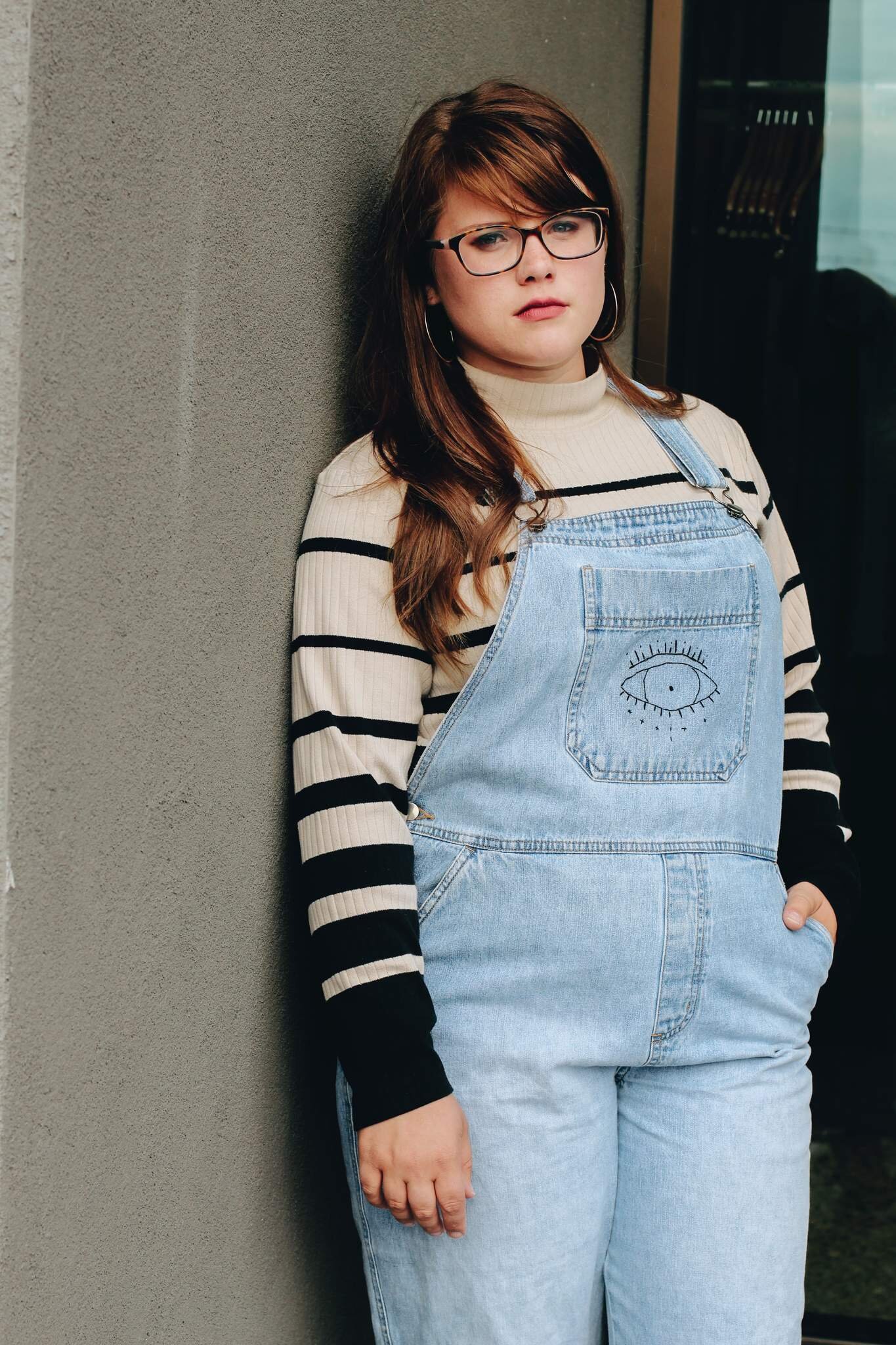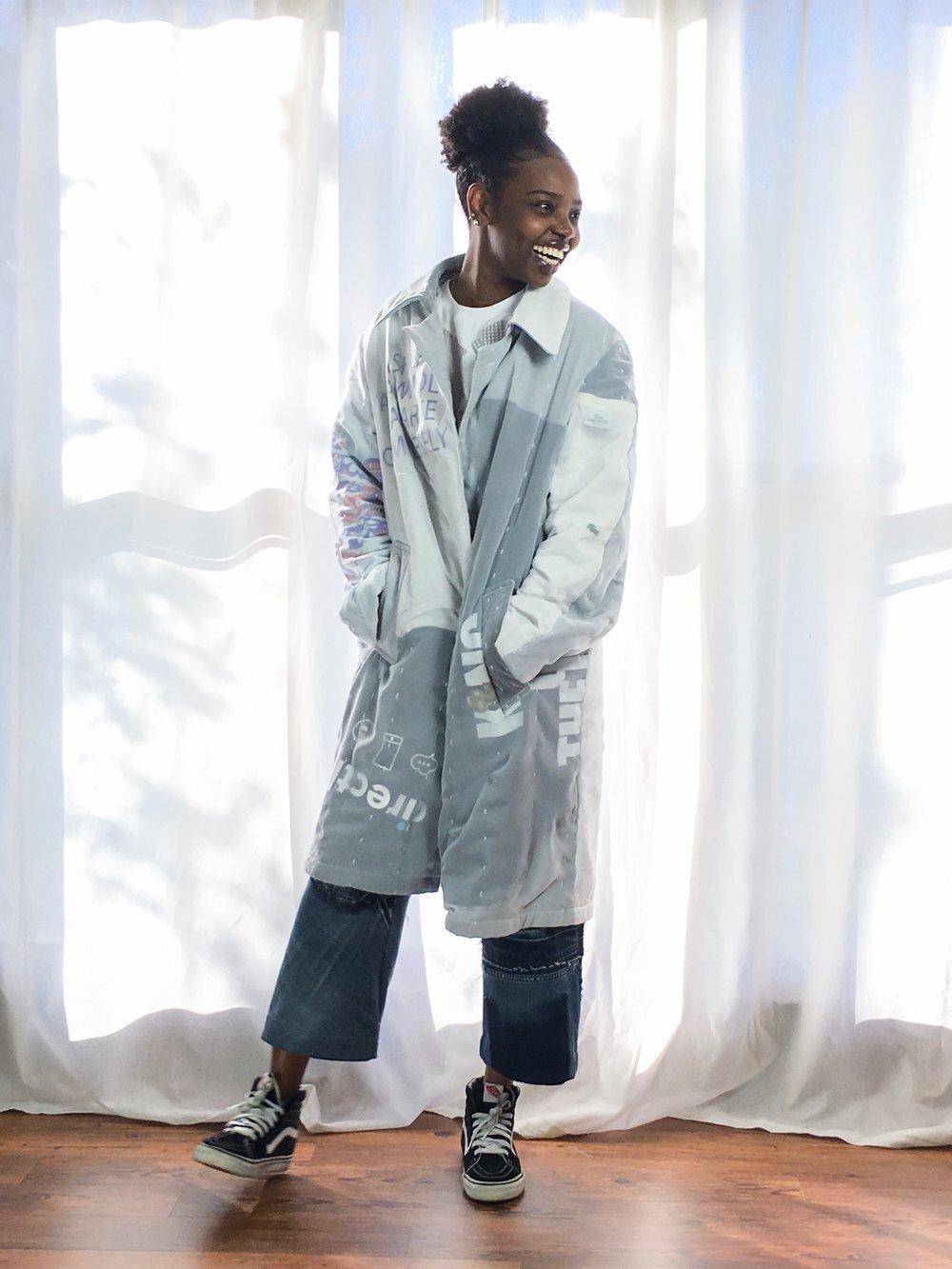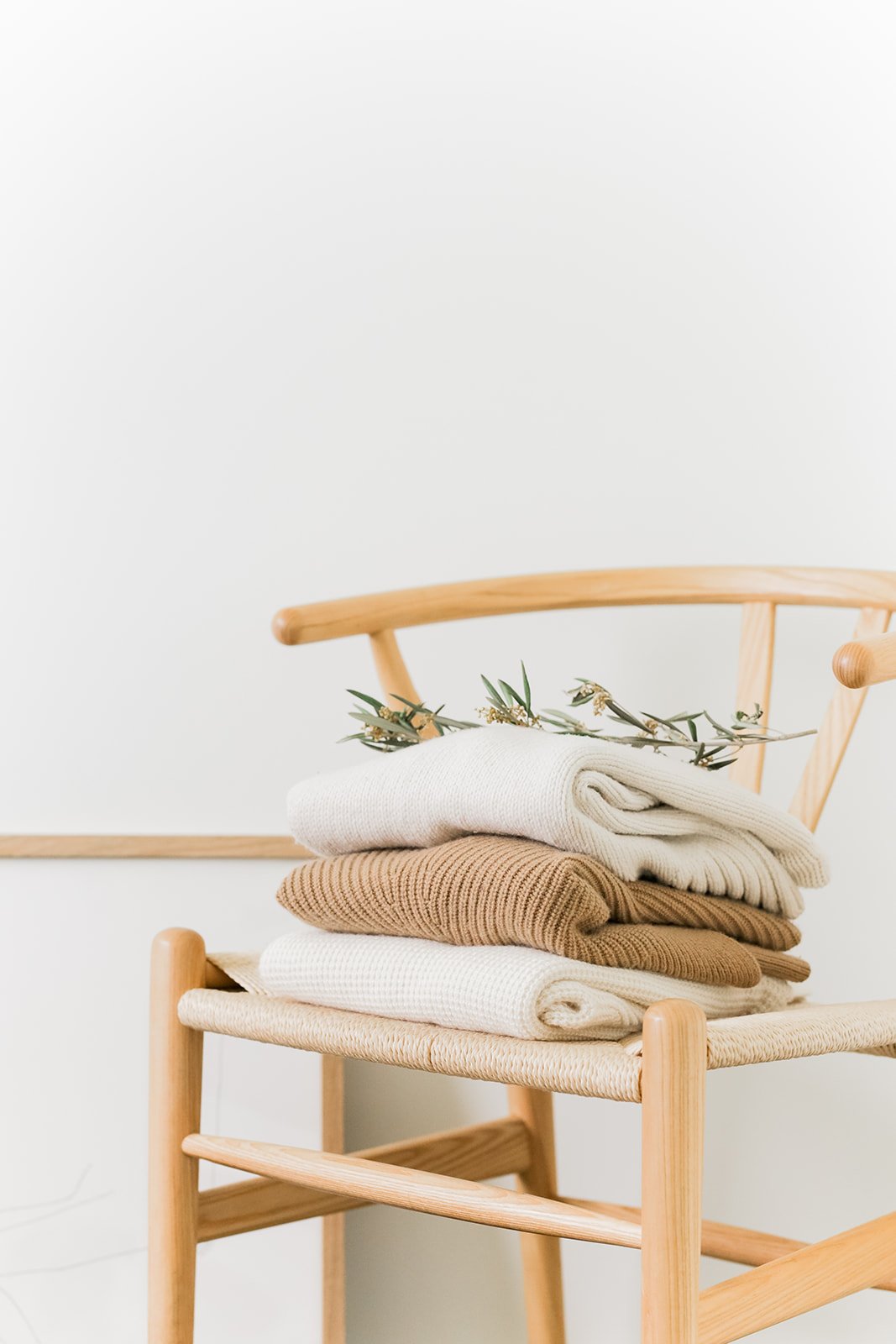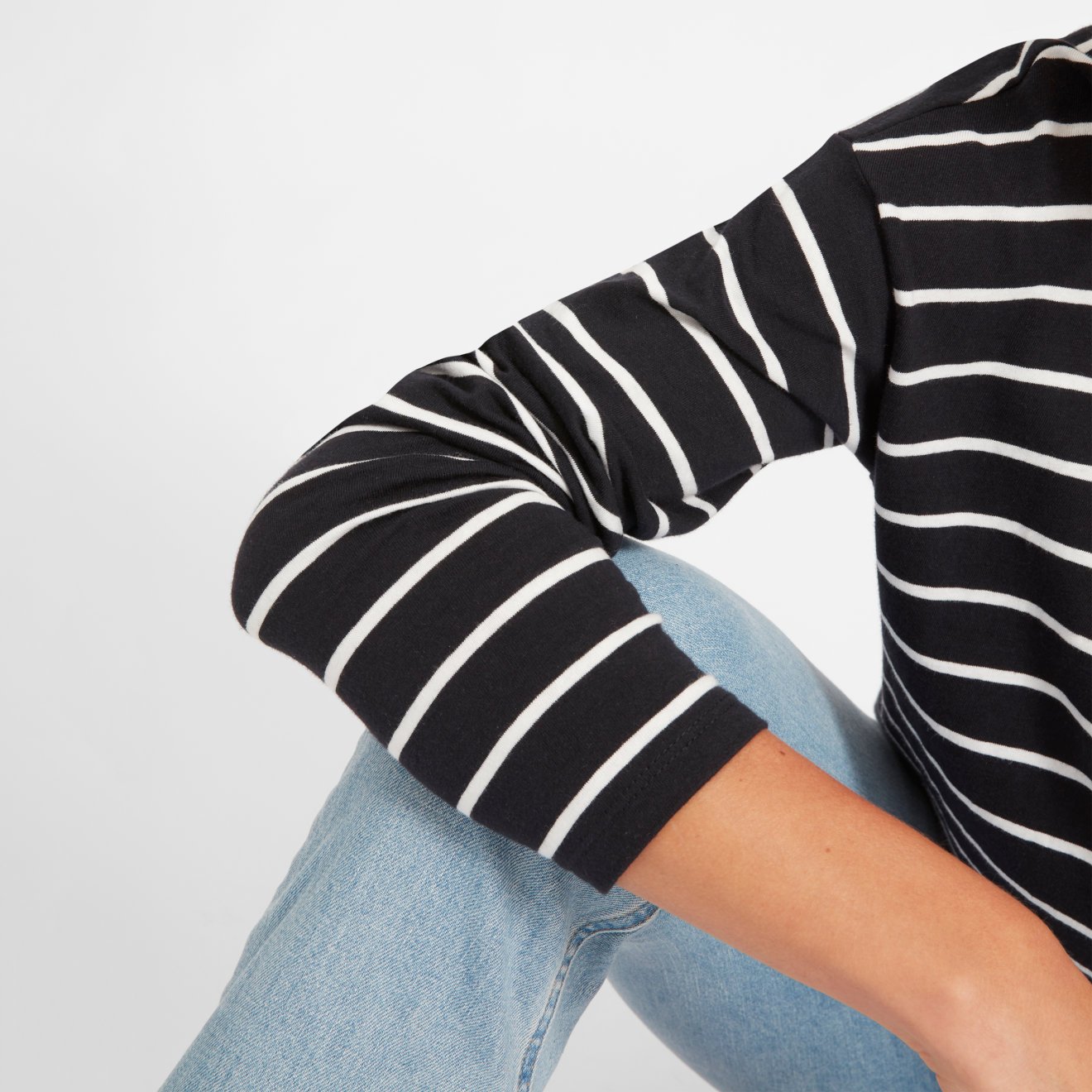
How Upcycling Is Helping Us Tell Our Stories In New Ways
Making New Life Out of Broken Pieces: Upcycling, Repurposing, Reusing
There are many words for making new life out of old pieces. In recent years, upcycling has become a massive trend that the slow fashion movement has wholeheartedly embraced.
There are various views on who coined the term first but it’s clear that the name went mainstream in 2002. Authors of Cradle to Cradle: Remaking The Way We Make Things, William McDonough and Michael Braungart, established the definition with the release of the manifesto. While the term is new, the concept is nowhere near.
Repurposing has been around since the beginning of time, from when Native people were using every part of the animal (in various ways) when killed, to the high fashion upcycling experiments of today. Each period in history has records of upcycling practices with a different name, because repurposing is not something we created at the turn of the century.
There is a great amount of evidence that humans have used upcycling for practical reasons in our history. From family hand-me-downs to waste on the street, clothing has been made cleverly with limited supplies. In addition, and the reason many of us are connected, repurposing is used for environmental reasons. This definition is the one that gained traction in the early aughts and is almost entirely motivated by conservation.
3 Brands Repurposing Old Garments To Create A New Story
“Upcycling connects people to others, to the planet, and to themselves.”
The third type of upcycled pieces brings us to current day and includes garments which go beyond immediate need. This type of upcycling connects people to others, to the planet, and to themselves. The practice is more than just a DIY activity, it gives individuals something tangible to see their healing through. Brands like Neo • Thread Company, Margaret Burton, and ANTHILL are creating renewed life with every seam they sew. Each design creates a stronger garment, for a stronger story.
Neo • Thread Company
Neo • Thread Company helps customers to find connection and community. As new generations move into the consumerist world at large, it’s easy for individuals to lose track of personal connection in this digitally-obsessed landscape. While the internet has turned the concept of a “global community” into reality, it also keeps us from remembering that there are actual people behind those Instagram handles.
Neo • Thread Co. aims to remind young women, capable of rocking this world, that the people behind each product are very real and very important. The company’s one-of-a-kind upcycled pieces connect each individual with the fabric of someone else’s life. These garments are tangible examples that there is community out there, beyond the screens. Each piece gives consumers an opportunity to stop and reflect on how this item got to their closet, who took part in its creation, and why its value is almost immeasurable. Today, the motto “Cool Girls Care” guides them as they spread the repurposed love through their online shop.
Margaret Burton
Margaret Burton is a designer and ethical fashion advocate who aides people in making peace with the past. As someone uniquely connected to fashion, gaining knowledge of horrors of the industry was particularly jarring for her. Margaret knew she had to play a part in the solution. Each garment she creates tells a story about how our past informs our present.
Margaret’s clothing reminds her audience that each scar is part of the story and can be seen as beautiful, instead of something to hide. All of her collections and shop-able garments are made using old garments. She sources items from her parents, friends, ex-boyfriends, and even strangers, to create a new meaning for clothing. Margaret helps herself and others find catharsis in clothing. Possibly her most notable work is a pair of upcycled denim pants made from a few pairs of her ex-boyfriend’s jeans. She says it best on her Instagram:
“[…] seams torn apart, pocket lint removed, and tangled threads pulled away. Like these jeans, relationships leave marks on us, but rather than seeing the material as waste, exhibiting the rawness of what it once was, redeems us and allows us to be made into something even more intricate and beautiful than before.”
ANTHILL Fabric Gallery
ANTHILL Fabric Gallery encourages customers to reclaim confidence in themselves and their background—specifically in the Filipino culture. The brand takes often cast aside traditions and defines the narrative themselves. History has proven that the world hasn’t been kind to the Filipino people, they’ve been manipulated into believing that who they are isn’t valuable, that they are not beautiful, and their differences mean weakness. ANTHILL helps younger generations to rewrite that story and see themselves as unique, instead of “other.”
The brand takes fabric scraps and weaves new textiles for each, one-of-a-kind piece. New stories are being woven into these garments every day across the Philippines. ANTHILL is keeping the tradition of weaving alive. This generation is the first one to not be interested in the art form and vocation because it doesn’t pay as well as a valued office job. Yet, if young people don’t participate, the craft will be lost forever. ANTHILL is putting value back into a beautiful, timeless, textile.
In our current world, upcycling for anything other than purely practical reasons can seem frivolous. It’s easy to write off the practice as more work than it’s worth. However, these brands and individuals are examples of why it is still so important to our story. These pieces, patched and stitched back together, call to mind the constant rebuilding we go through each day and remind us of the hardships we’ve overcome. An item made out of used materials carries the stories of its parts and is turned into a new whole.
Audrey Stanton was born and raised in the Bay Area and is currently based in Los Angeles. She works as a freelance writer and content creator with a focus in sustainable fashion. Audrey is deeply passionate about conscious living and hopes to continue to spread awareness of ethical consumption.







